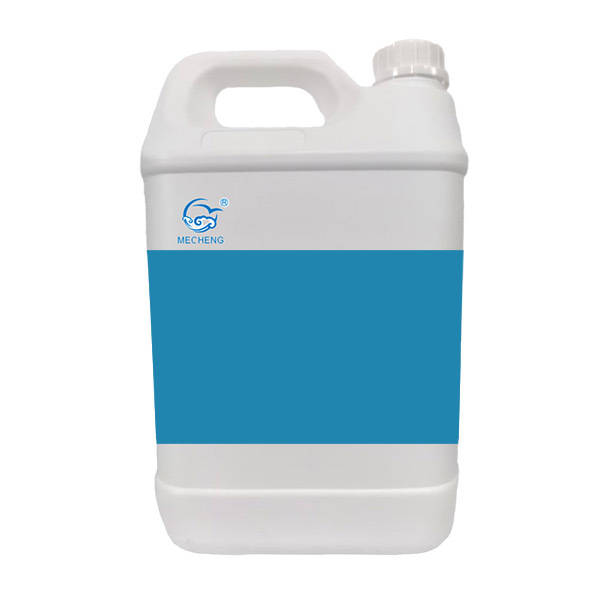
Emamectin Benzoate
Category:
Model: 5%, 5.7%, 10%, 30% WG
- Description
-
Cabbage growers around the world have long been battling the persistent nuisance chemical control of cabbage aphids, and recent developments in chemical control offer new hope.Cabbage aphids can cause significant damage to cabbage crops. They suck the sap from the plants, leading to stunted growth, distorted leaves, and a reduction in overall yield. In the past, traditional chemical pesticides have been used to combat these pests, but they often come with drawbacks such as potential harm to non - target organisms, environmental pollution, and the development of pesticide - resistant aphid populations.

However, new chemical control products are emerging with a more targeted approach. These innovative chemicals are designed to specifically target cabbage aphids while minimizing the impact on beneficial insects such as ladybugs and lacewings that play a crucial role in natural pest control.
One such new product is chemical control of cabbage aphids, which contains a unique active ingredient. This ingredient works by interfering with the aphids' nervous system, causing paralysis and ultimately death. Extensive field trials have shown that it is highly effective in reducing aphid populations within a short period.
Another promising chemical control method involves the use of systemic pesticides. These are absorbed by the cabbage plants and transported throughout the plant tissues. When cabbage aphids feed on the treated plants, they ingest the pesticide and are eliminated. This approach not only provides long - lasting protection but also reduces the need for frequent spraying.
Manufacturers are also focusing on developing chemicals with a shorter environmental half - life. This means that the chemicals break down more quickly in the environment, reducing the risk of soil and water contamination.
In addition to their effectiveness, these new chemical control products for cabbage aphids are also being formulated to be more user - friendly. They come in easy - to - use packaging and application methods, allowing farmers to apply them accurately and efficiently.
It is important to note that while chemical control is an important part of pest management, integrated pest management (IPM) strategies should still be implemented. This includes practices such as crop rotation, the use of resistant cabbage varieties, and biological control methods in combination with chemical control.
As research and development in chemical control of cabbage aphids continue, growers can look forward to more sustainable and effective solutions to protect their valuable cabbage crops.
Product DescriptionThe mechanism of action of this product is to hinder the transmission of motor nerve information of pests, causing their bodies to become paralyzed and die. The main mode of action is stomach poisoning, supplemented by contact killing. It can effectively penetrate the epidermal tissue of crops and has the characteristic of a long duration of effect. It can be used to control beet armyworms on cabbage, rice leaf rollers, cowpea pod borers, and cowpea thrips.
Application1. Apply pesticides during the peak period of occurrence of young larvae of Spodoptera exigua and Cnaphalocrocis medinalis.
2. Do not use pesticides on windy days or when rain is expected within 1 hour.
3. The safety interval for cabbage is 7 days, and the maximum number of applications per season is 2 times; for rice, it is 21 days, and the maximum number of applications per season is 2 times.
4. For controlling cowpea thrips, spray pesticides once during the initial peak period of occurrence of cowpea thrips nymphs. The water consumption per mu is 40-60 kilograms, and the water volume can be adjusted appropriately according to actual production. For controlling cowpea pod borer, spray pesticides once during the peak period of hatching of cowpea pod borer eggs. The water consumption per mu is 60 kilograms, and the water volume can be adjusted appropriately according to actual production. The maximum number of applications per season on cowpeas is once, and the safety interval is 3 days. Before promoting and using, a small-scale crop safety test should be carried out on cowpea crops first.
PrecautionsThis product cannot be mixed with alkaline substances.
Related products
Messages
We will contact you within one working day. Please pay attention to your email.

